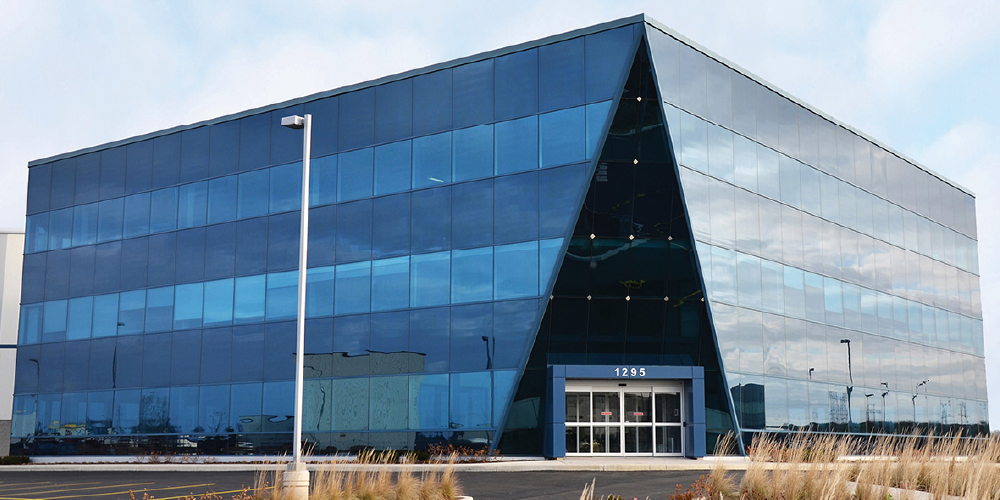From Complex to Achievable: Foresight & Collaboration Make Complicated Structures Possible
When you imagine metal construction, you might envision simple designs and basic construction. But with advances over the past few decades in every facet of metal construction, this is no longer the case. The capabilities and versatility of metal construction have improved drastically, pushing the boundaries of design and surpassing the expectations of architects, designers, builders and clients alike.
Once thought to be limited to the realm of conventional construction, relatively complex projects like retail establishments, car dealerships, schools and large sporting facilities are now being produced more quickly and efficiently using metal construction methods.
The Customer is Always Right
Understanding which building conditions result in a project being considered “complex” is the first step. The list below offers some guidance on these important qualities.
What Makes a Project “Complex”?
Understanding which building conditions result in a project being considered “complex” is the first step. The list below offers some guidance on these important qualities.
Examples of Complex Building Conditions:
- Complicated Roof Designs
A building with multiple roof hips and valleys one of the most common building conditions that lead to a building being considered complex.
- Aesthetic Features
Architects are usually involved to make a building more striking. However, the embellishments and complex geometries they envision can increase the intricacy of the engineering underlying the structure. This isn’t problematic – we simply need to collaborate, so all involved parties understand the vision and any limitations.
- Additional Floors
Whether it’s a second-level mezzanine or a basement, additional floors contribute to the complexity of a building.
- Auxiliary Loads
Manufacturing facilities with structurally mounted equipment, such as large top-running cranes increase the design loading substantially.
Increased spacing between vertical supports is becoming an increasingly common building requirement – especially for indoor sporting facilities, warehouses and large churches. Clear span frames are used when unobstructed interior space is required.
- Codes and Loads
Code changes and local differences for wind, seismic activity, snow, temperatures, energy and occupancy category may require more intricate engineering. Likewise, collateral loads for ceiling-mounted systems such as lights, ductwork and sprinklers can increase the complexity of the building.
Buildings constructed to house aircraft typically need very wide, high-fold doors for aircraft ingress and egress, requiring additional structural supports.
Metal construction is often chosen for its superior insulating values, and insulated metal panels further improve R-values. Daylighting is another efficient way to cut energy costs – bringing as much natural light in as possible. Though technology for including daylighting on a standing-seam roof has improved significantly, it still makes for a more complex design.
Collaboration
When your building meets the criteria for a complex building outlined above, the most important step you can take to save time and money is to involve your Robertson representative as early as possible. As Scott Schroer, Robertson’s Engineering Director explains, “Engaging with the architect, the owner, and our customer to help value engineer the building is a huge opportunity.”
Complex building conditions require custom solutions from our engineering department. Communication is key, because an engineer can spot problems or complications a builder, customer or even architect might not notice. They also have the experience and expertise to solve any issues that might come up.
Modelling Work
The inclusion of Robertson throughout the process also means we can take advantage of 3D Building Information Modeling (BIM). This software makes a visual model representing all the complex, interrelated parts of a building’s plan, from the framing and building envelope to mechanical, electrical and plumbing systems. By thinking proactively about complexities and where they might clash or interfere helps to avoid problems before they arise.
Metal construction can be more sophisticated and elegant than ever before – while still meeting and exceeding specific practical requirements. We just need to work together and communicate well. Contact your Robertson representative to get this important group conversation started as early as possible.


